Detlef Keller - Spaintronic (2023)
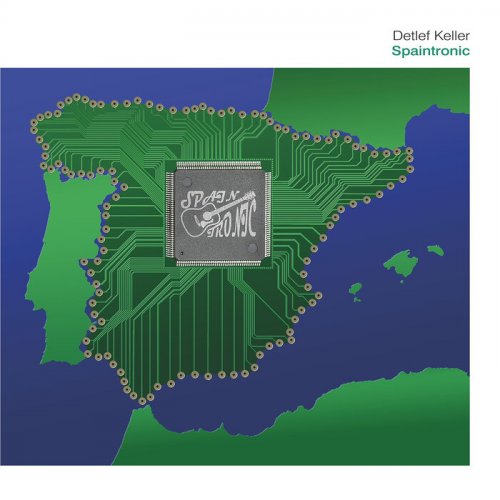
Artist: Detlef Keller
Title: Spaintronic
Year Of Release: 2023
Label: Mankin – MRCD 7115
Genre: Berlin School, Contemporary
Quality: 16bit-44,1kHz FLAC / 24bit-44,1kHz FLAC
Total Time: 01:55:45
Total Size: 651 mb / 1,2 gb
WebSite: Album Preview
TracklistTitle: Spaintronic
Year Of Release: 2023
Label: Mankin – MRCD 7115
Genre: Berlin School, Contemporary
Quality: 16bit-44,1kHz FLAC / 24bit-44,1kHz FLAC
Total Time: 01:55:45
Total Size: 651 mb / 1,2 gb
WebSite: Album Preview
1. Spaintronic I (15:09)
2. Spaintronic II (Pt 1) (19:49)
3. Spaintronic (Pt 2) (06:31)
4. Spaintronic III (05:48)
5. Spaintronic IV (20:35)
6. Spaintronic V (Pt 1) (19:02)
7. Spaintronic V (Pt 2) (08:17)
8. Spaintronic VI (03:52)
9. Spaintronic (bonus track) (16:42)
In a recent review of Synth Replicants' album Time of Legends, I wrote that synthesizers and guitars could be a good match. Now, can a synth player harmonize guitar textures, acoustic or electric, with the harmonies of his synth/keyboard over the rhythms of his sequencer? A one-man band! This is the challenge that Detlef Keller, Mario Schönwälder's faithful musical companion since Loops & Beats in 1996, has set himself with his 10th solo album SPAINTRONIC. A double CD whose title says it all. Beating electronic rhythms with a Hispanic flavor in the harmonies. And these harmonies more often than not come from guitar textures, created right on the synths, over long minimalist structures that evolve to reach different rhythmic levels. Ambient rhythms that veer towards Berlin School and electronic rock, and even flirt with EDM and Electronica. And no, it's not just guitar textures, as Detlef makes shimmering some streams of arpeggios, creates superb sequenced melodies and performs numerous synth solos that bear witness to his immense dexterity. Listening to this album, which flirts with the universes of Klaus Schulze, of course, Ashra and Manuel Göttsching, and finally Spyra with his astonishing collaboration with guitarist Chris Lang during a concert at Toskana-Therme in 2001, gave me the taste to discover again those great albums lost in the recent years. Skilled as ever in the art of making his long rivers of minimalist music evolve harmoniously, Detlef Keller literally subjugates the senses with an electronic music (EM) that oscillates between the gregarious harmonies of works from the Repelen series, such as those by the famous trio Keller, Schönwälder and Broekhuis. SPAINTRONIC is a superb album on a par with the very fine Harmonic Steps and M.O.B.S. Two albums whose antipodes clearly demonstrate Detlef Keller's talent as a melodist and master of the Berlin School.
An acoustic six-string chords texture is projecting a vision of slow flamenco as Spaintronic I opens. The guitar multiplies its chords, tinkling and echoing over a slightly buzzing layer of mist. Layers of voices add a seraphic touch to this opening which moves on with a slight circular movement of the sequencer, initiating the ambient rhythm towards the second minute. Gently jerky, this rhythm swirls with a tone of the old nostalgic themes of French lyricism. Another series of chords makes swirl this rhythmic backbone, of which the main cadence is based on two repetitive chords. Spaintronic I evolves like a minimalist musical novel, even if the first line of sequences is replaced by another one whose series of repeating chords completes the melodious rotating axis a little better. This is ambient, hypnotic Berlin School with an oneiric floating movement. The guitar solos that follow are poignant, screaming with sensitivity. The synth multiplies the guitar chords while throwing in arpeggios here and there whose melancholy texture contrasts with the luminosity of the fingeringly plucked guitar keys. The magical universe of synths! We believe there is a Flamingo guitar player here. Detlef Keller spreads his musical poetry with a vision of cinematic romance, even if electronic effects simulate a cybernetic language around the 9-minute mark. The bass shadows cast a more dramatic aura, while the vocal layers are always angelically effective. Spaintronic II follows with a rhythm sequence that zigzags as much as it undulates, with a fine texture of strobes in its jerks. The sequencer undulates two timbres in a symbiosis as rhythmic as it is melodic. It's an electronic rhythm of the purest kind, where chords from a false acoustic guitar - which still possesses that Latin essence - and a keyboard duel, as inspiring as in Spaintronic I, is on. The pace is just a little faster. The movement evolves with finesse around the 4-minute mark, tracing undulating circles in an ever-faster flow. Cymbal rattlings are heard, stimulating a simulacrum of velocity that will evolve throughout this segment in Spaintronic II. Klaus Schulze comes to mind here, as does Achtundsechzig 24 (Live@Toskana-Therme) by Spyra and Chris Lang! The guitar is as real as ever, playing melancholy romantic tunes that find their happy medium in the pinched tone that Keller adjusts on his synth. The rhythm still follows its cadenced escalation to embrace an Electronica-oriented approach around the 9-minute mark. The undulating motion has become a rippling layer, and the rhythm is mainly supported by cymbals and discreet boom-booms from the percussion. A few minutes later, Detlef sculpts a very good cadenced melody that is swallowed up by cyclopean choruses. It returns with a few chords cut. The musician continues to feed and embellish his minimalist structure, adding various electronic effects as the cadence continues to pick up pace. Exhausted, the movement enters a more atmospheric phase around the 20-minute mark, before being reborn in true EDM form.
These first 2 SPAINTRONIC tracks are highly representative of its other structures. The German musician-synthesist displays his knowledge and mastery of various synthesizers - the videos on YouTube speak for themselves in this respect - to concoct long minimalist structures that progress quietly and always add the necessary ingredients to avoid any form of redundancy or length in the development of each of the long tracks. Keyboard harmonies and guitar textures exchange roles, with a preponderance that is more accentuated for the guitar effect, both electric and acoustic. It often happens that the sound of one subtly overlaps the sound of the other, keeping our ears on the alert. Detlef marvelously exploits the art of melody and the timbre it needs to charm. Spaintronic III is a short, playful interlude that focuses on the skill of a synth that transforms into an acoustic guitar. Spaintronic IV runs away with a rhythm structure forged on two sequencer alliances. While one line hops and staggers like the gambols of slightly drunken rabbits - I love the Robert Schroeder-like cackling effect in the timbre of the sequences - the other tunes a highly accentuated, ascending approach. We hear a series of 4 chords rising alternately, with modulation in timbre and movement. It's as seductive as magnetizing! Keller's approach is more electronic on this rather catchy track, which transitions from Berlin School to solid electronic rock that is nimbed by good synth solos, as well as beautiful mellotron harmonies. The guitar texture makes an appearance around the 13-minute mark, releasing a romanticized melody, while the rhythm gradually loses its vigor to bring Spaintronic IV to a bridge of meditative moods. A perfect moment to make the mellotron sing!
After an opening a la Yanni, Nostalgia and Santorini from the Keys to Imagination album, Spaintronic V bounces its delicate rhythm between heavy layers of orchestral mist and tender, keyboard-like guitar chords. The synth throws in weeping solos over a bass layer that buzzes with emotion. The solos, the guitar and the arrangements remind me of Vangelis' Arista and EastWest period. A bouncy rhythm emerges from this phase around the 6-minute mark. The style is very progressive-electronic, with synth solos as sharp as a razor's edge twisting in pain. This first phase of Spaintronic V embraces a rather poignant meditative passage around the 10-minute mark. An initial change of sonic and musical skin takes place. The rhythm becomes more crystalline and, above all, more driving. It is marked by the stepping of 2 sequences in which a trickling string of arpeggios follows. The synth has a slightly nasal texture, mixing its tinkling arpeggios with orchestral pads that fall jerkily and discreet dreamy guitar textures. Around the 15-minute mark, Spaintronic V sends shivers down our spines, with a beautiful crescendo of emotion gradually building on the rhythmic evolution. Another moment of meditative tenderness and the track flies into a delicious Electronica phase around the 19th minute. We're in Ashra territory here, with a krautrock rhythm, a Göttsching-style guitar following the beat and a synth launching some very airy solos. Spaintronic VI is a short, melodious track in which the synth mixes keyboard and guitar tones over a rhythm stuttered by what seems to be a big baritone tuba. The shower of orchestrations and bugles bring a very Vangelis vision to the track. Offered as a bonus track, Spaintronic VII is without doubt the most electronic track on Detlef Keller's double CD. The structure features a very Berliner ambient rhythm that reminds me of old Baffo Banfi, for the percussive claps that chime in. The orchestrations and hazy arrangements are intensely enveloping, and the rhythm moves forward in delicate jolts through this delicious percussive texture, playing on subtle modulations that go hand in hand with the intensity of the arrangements. A very good track where I simply can't believe that Detlef Keller still had other ideas after the 4 gigantic opening acts of this very good SPAINTRONIC.
Lots of words to talk about the album, but there are also lots of videos on YouTube, see the links on the CD's Bandcamp page, which explain the music much better than my writings. I highly recommend seeing Detlef Keller at work on these videos, as I recommend this double CD, which has the same magnetizing dimensions of Klaus Schulze's finest works when the German master had the taste to exploit more harmonious veins.
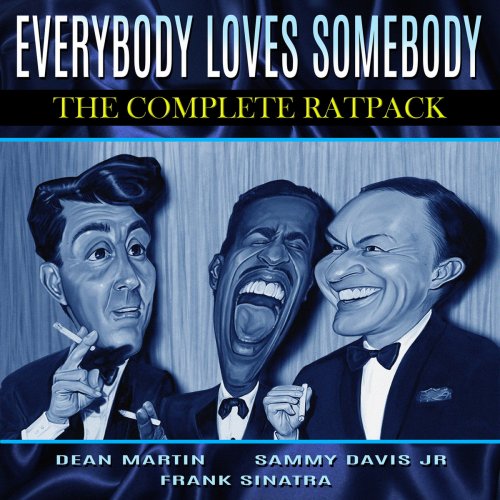
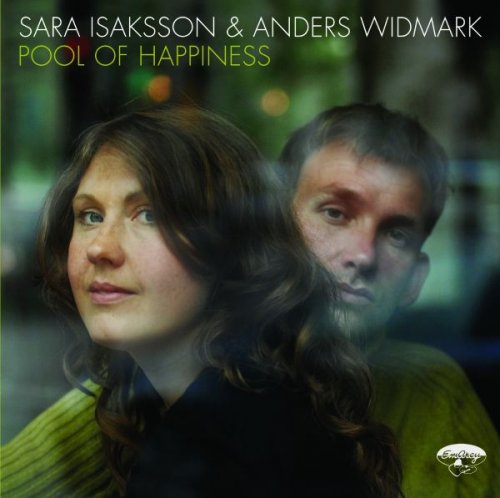
![The Mood Mosaic - Funk 'n' Roll (2025) [Hi-Res] The Mood Mosaic - Funk 'n' Roll (2025) [Hi-Res]](https://www.dibpic.com/uploads/posts/2025-12/1765495597_fei4b1bbm7qjr_600.jpg)
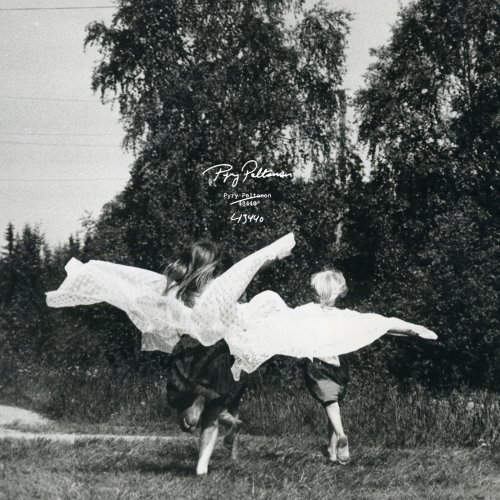
![Jeffery Scott Greer - Volume 4 (2025) [Hi-Res] Jeffery Scott Greer - Volume 4 (2025) [Hi-Res]](https://www.dibpic.com/uploads/posts/2025-12/1765495193_ok6khr4vmh5lk_600.jpg)
![Posey Royale - The Real Low-Down (2025) [Hi-Res] Posey Royale - The Real Low-Down (2025) [Hi-Res]](https://www.dibpic.com/uploads/posts/2025-12/1765494723_zbd6vfngwwskb_600.jpg)
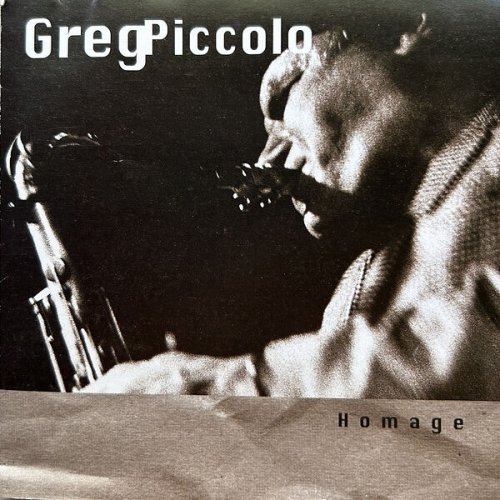

![Chris Connor - Free Spirits (Remastered) (2025) [Hi-Res] Chris Connor - Free Spirits (Remastered) (2025) [Hi-Res]](https://www.dibpic.com/uploads/posts/2025-12/1765538301_ccfs500.jpg)